Introduction
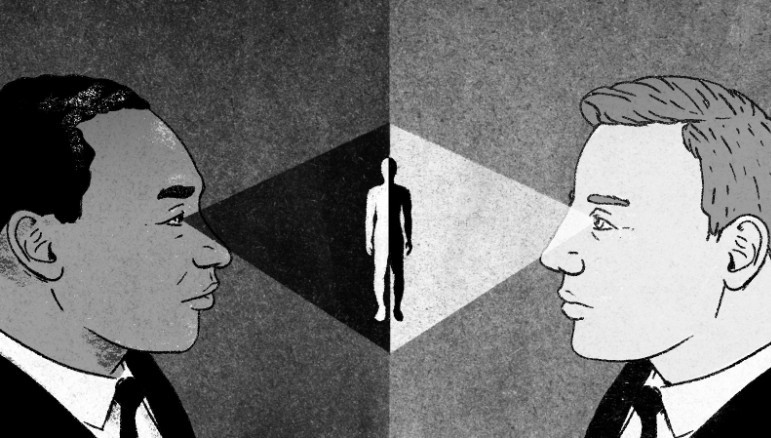
[CNN/Will Muller. Blacks and whites see racism in the United States very, very differently. Date Unknown.]

[CNN/Will Muller. Blacks and whites see racism in the United States very, very differently. Date Unknown.]
"Before the development of electronic computers, the term “computer” referred to people, not machines. It was a job title, designating someone who performed mathematical equations and calculations by hand. Over the next thirty years, hundreds of women, most with degrees in math or other sciences would [be employed by NASA to calculate various equations for launches.]
[...] Reading, calculating and plotting data from tests in [...] wind tunnels and research divisions, human computers played an integral role in both aeronautical and aerospace research at the lab from the mid-1930s into the 1970s, helping it keep pace with the high output demanded by World War II and the early space race. Along with their contribution to the field, [...] computers also stood out for another reason: they were all women."
[NASA. Human Computers. April 23, 2019]
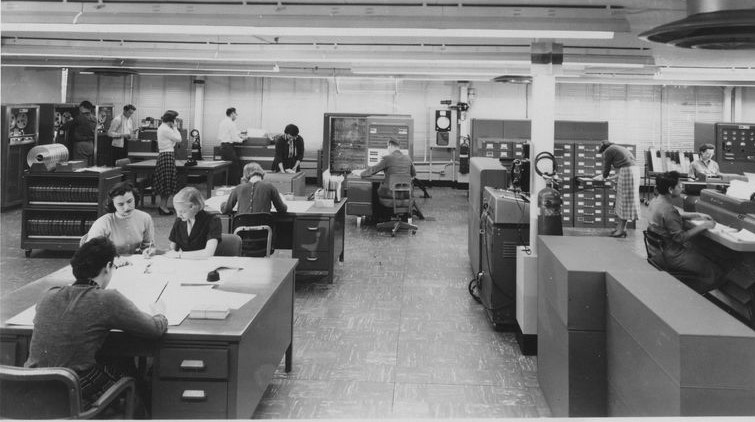
[NASA. Human Computers; Women at NACA and early NASA. Typical computing area. Date Unknown]
"Thousands of individuals with NASA, the military and industry made the historic achievement possible. While most of those involved were white males, the hiring landscape was quickly changing at the nation's space agency. [...] Among the African-Americans working there was a mostly unseen group of black women putting their extraordinary mathematical skills to work. "
[NASA. NASA Helped Kick-start Diversity in Employment Opportunities. July 1, 2016]
The group included Dorothy Vaughan who worked in the Langley Analysis and Computation Division.
[NASA. NASA Helped Kick-start Diversity in Employment Opportunities. July 1, 2016]
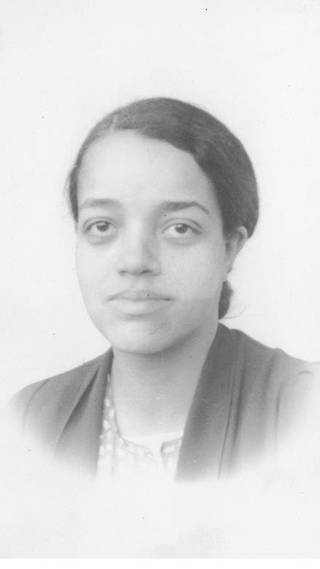
[Courtesy Vaughan Family. Portrait of Dorothy Vaughan. Date Unknown.]
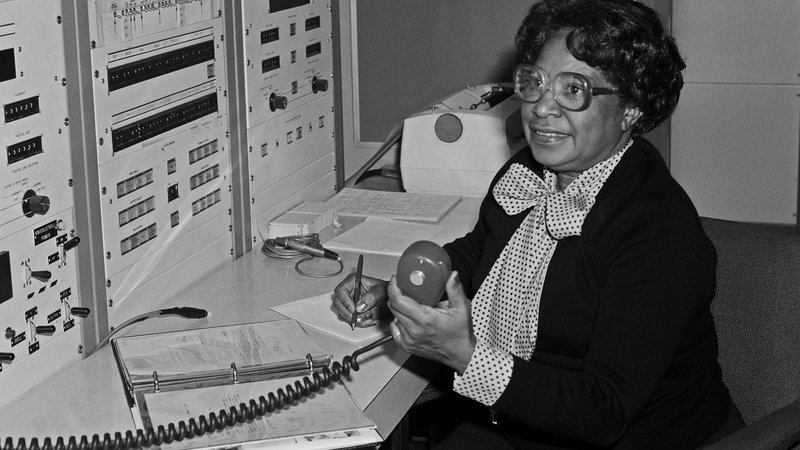
[NASA Langley Research Center. Mary Jackson. Date Unknown.]
Mary Jackson was a specialist in analyzing information from wind tunnel experiments and aircraft data on flight tests.
[NASA. NASA Helped Kick-start Diversity in Employment Opportunities. July 1, 2016]
In the Guidance and Navigation Department, Katherine Johnson calculated the trajectory for Shepard's spaceflight.
[NASA. NASA Helped Kick-start Diversity in Employment Opportunities. July 1, 2016]
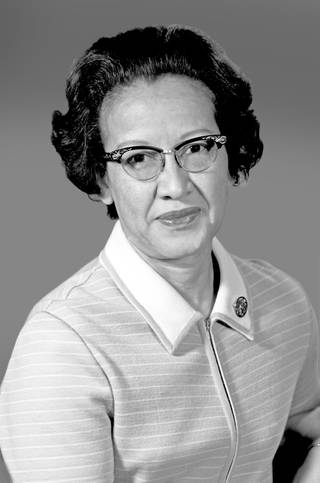
[NASA. Portrait of Katherine Johnson. Date Unknown.]
[...] By the time NASA was preparing for the first Mercury orbital flight on Feb. 20, 1962, the agency was using electronic computers. However, astronaut John Glenn had so much faith in Johnson's calculations, he insisted that she confirm the math produced by the new systems."
[NASA. NASA Helped Kick-start Diversity in Employment Opportunities. July 1, 2016]
Below, is a video honoring the Hidden Figures above and the unnamed thousands working in NASA throughout the decades.
[NASA. A Sign of Progress: Honoring NASA’s Hidden Figures. Jun 12, 2019.]
In the end by the time the Space Race had ended, NASA had already taken huge leaps in employing ethnic minorities. In 2016,
"NASA now offers extensive educational efforts including resources for educators and students at all grade levels, encouraging young people to pursue careers in science, technology, engineering and math, or STEM.
By 2007, minority hiring at Kennedy [Space Center] increased to 23 percent. Today, minorities make up 27.2 percent of just over 2,000 NASA civil service employees at the Florida spaceport.
While the Apollo Program was, in part, a response to competition in space with the Soviet Union, Kennedy and Johnson saw NASA as an additional opening for progress on Earth. It was a chance to kick-start equal employment opportunities for deserving, yet underrepresented, groups, allowing them to contribute to a government program receiving global attention."
[NASA. NASA Helped Kick-start Diversity in Employment Opportunities. July 1, 2016]
However, NASA still has a long way to go. Looking at the corporation as a whole, around 72% of employees are either White or Caucasian. The graph below shows the other ethnic distributions in 2019.
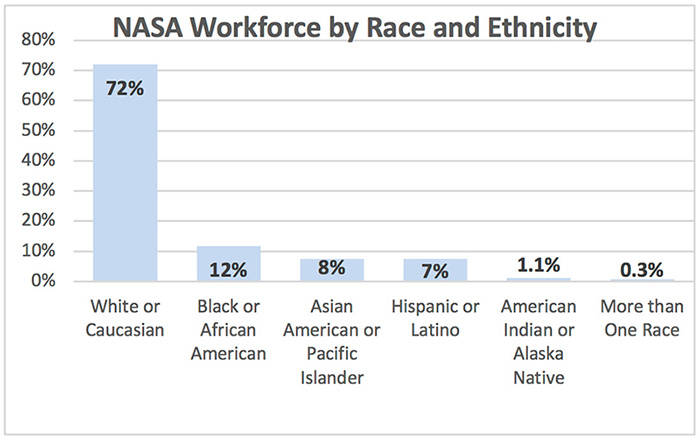
[NASA. NASA WorkFore by Race and Ethnicity. August 8, 2019
NASA is very much looking into the future and has many ideas concerning the future employment of diverse ethnicities. The link below leads to a collection of previous plans.
Previous Plans